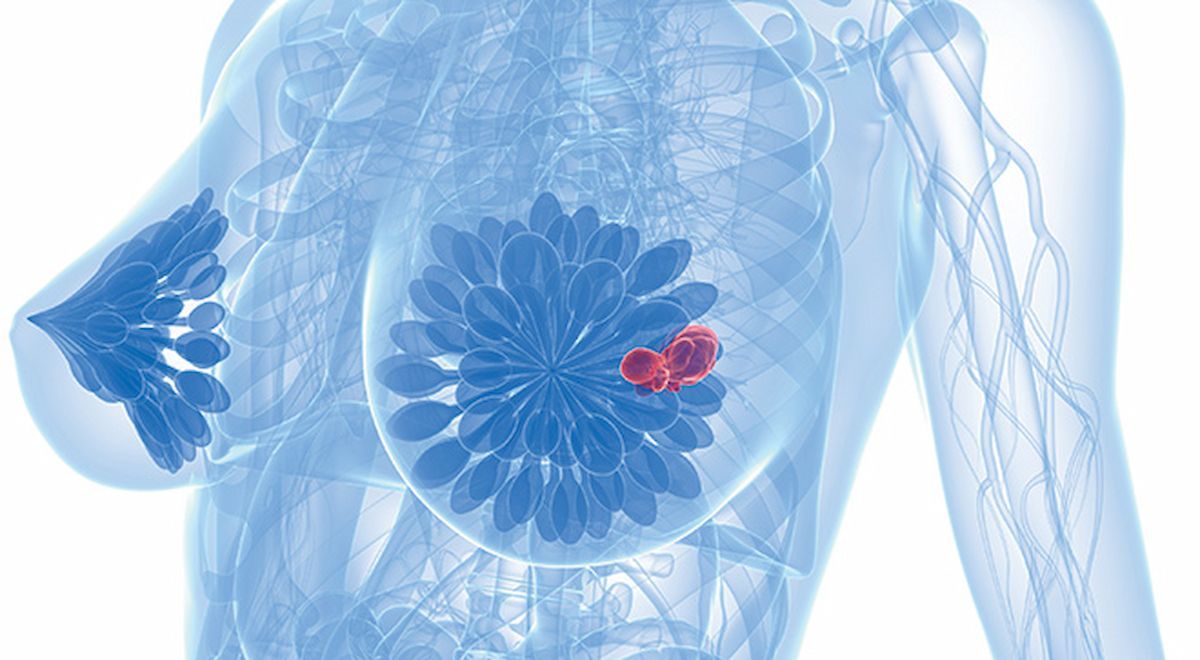Assisted Reproductive Techniques Proven Safe in BRCA-Mutated Breast Cancer
Patients with BRCA-mutated breast cancer can safely undergo assisted reproductive techniques, according to an ESMO study.
Patients with BRCA-mutated breast cancer can safely undergo assisted reproductive techniques, according to an ESMO study.

The use of assisted reproductive techniques (ART) did not negatively affect maternal or pregnancy outcomes for patients with BRCA-mutated breast cancer, according to results presented at the 2024 European Society of Medical Oncology Annual Congress on Breast Cancer.1
Of the patients who received ART, 83.0% had delivered a child vs 79.8% in the non-ART group. Additionally, 4.7% vs 3.0% had ongoing pregnancy, 11.3% vs 8.8% had a miscarriage, and 0.9% vs 8.3% had an induced abortion. At the time of delivery, 85.5% vs 91.5% were full-term (≥37 weeks), and 14.5% vs 8.5% were preterm (<37 weeks).
“This study provides the first evidence that use of fertility procedures is safe in young women with germline pathogenic/likely pathogenic variants in the BRCA1 or BRCA2 genes, which are known to increase the risks of developing breast and other cancers,” Matteo Lambertini, associate professor and consultant in medical oncology at the University of Genova, and IRCCS Policlinico San Martino Hospital, in Genova, Italy, stated in a press release on the study.2
A total 5457 patients were registered, and for this analysis 543 were included; remaining patients were excluded due to not having BRCA pathogenic variant (n = 168), having stage IV de novo cancer (n = 115), no information on pregnancy after breast cancer (n = 57), or lack of data on follow-up (n = 27), among other factors. Overall, 107 patients were included in the ART group and 436 were in the non-ART group.
In the ART vs non-ART group, the median age at diagnosis was 32 years vs 30 years, parity at diagnosis was 0 (71.8% vs 51.8%) or more than 1 (28.2% vs 48.5%). Most patients had a tumor size of 2 cm or greater (52.9% vs 42.2%), between 2 cm and 5 cm (34.6% vs 45.6%), or greater than 5 cm (12.5% vs 12.2%). Hormone receptor status included estrogen receptor (ER) negative or progesterone receptor (PR) negative (56.6% vs 69.2%), ER and/or PR positive (43.4% vs 30.8%), HER2 negative (90.5% vs 95.9%) and HER2 positive (9.5% vs 4.1).
Between both groups, most patients had received chemotherapy (93.5% vs 92.9%), endocrine therapy (91.1% vs 92.4%), or risk-reducing oophorectomy (52.3% vs 39.1%).
“We have previously been concerned that increasing hormone levels for fertility preservation techniques before starting breast cancer treatment may increase the risk of cancer recurrence in the future. There has been even more concern in women with pathogenic variants in the BRCA genes because of their increased risk of breast cancer and other cancers. Strategies to preserve fertility were often not even discussed with these patients,” said Lambertini.
Overall, 80.3% of patients in the non-ART group experienced a pregnancy vs 19.7% in the ART group. ART was given either at diagnosis (45.5%), after anticancer treatment (33.3%), or oocyte donation (21.2%). Of note, 81.6% of patients in the ART group and 87.0% in the non-ART group did not have a pregnancy complication.
The median follow-up from conception was 5.2 years (IQR, 2.2-9.2). Disease-free survival was 13.1% in the ART arm and 27.1% in the non-ART arm (P = .147) Breast cancer-specific events included 1.0% vs 4.8% and overall survival was 1.0% vs 5.3% in both arms, respectively.
“In light of these results, now when we counsel a young woman with breast cancer who has such variants, we can safely discuss the use of fertility preservation before starting treatment, without major concern,” Lambertini concluded.
References
- Lambertini M, Magaton IM, Hamy AS, et al. Safety of assisted reproductive techniques in young BRCA carriers with a pregnancy after breast cancer: results from an international cohort study. Presented at the 2024 European Society of Medical Oncology Annual Meeting on Breast Cancer; May 15-17, Berlin Germany. Abstract 266O.
- Assisted reproduction treatments are safe in young breast cancer survivors with high-risk genes. News release. ESMO. May 16, 2024. Accessed May 24, 2024.